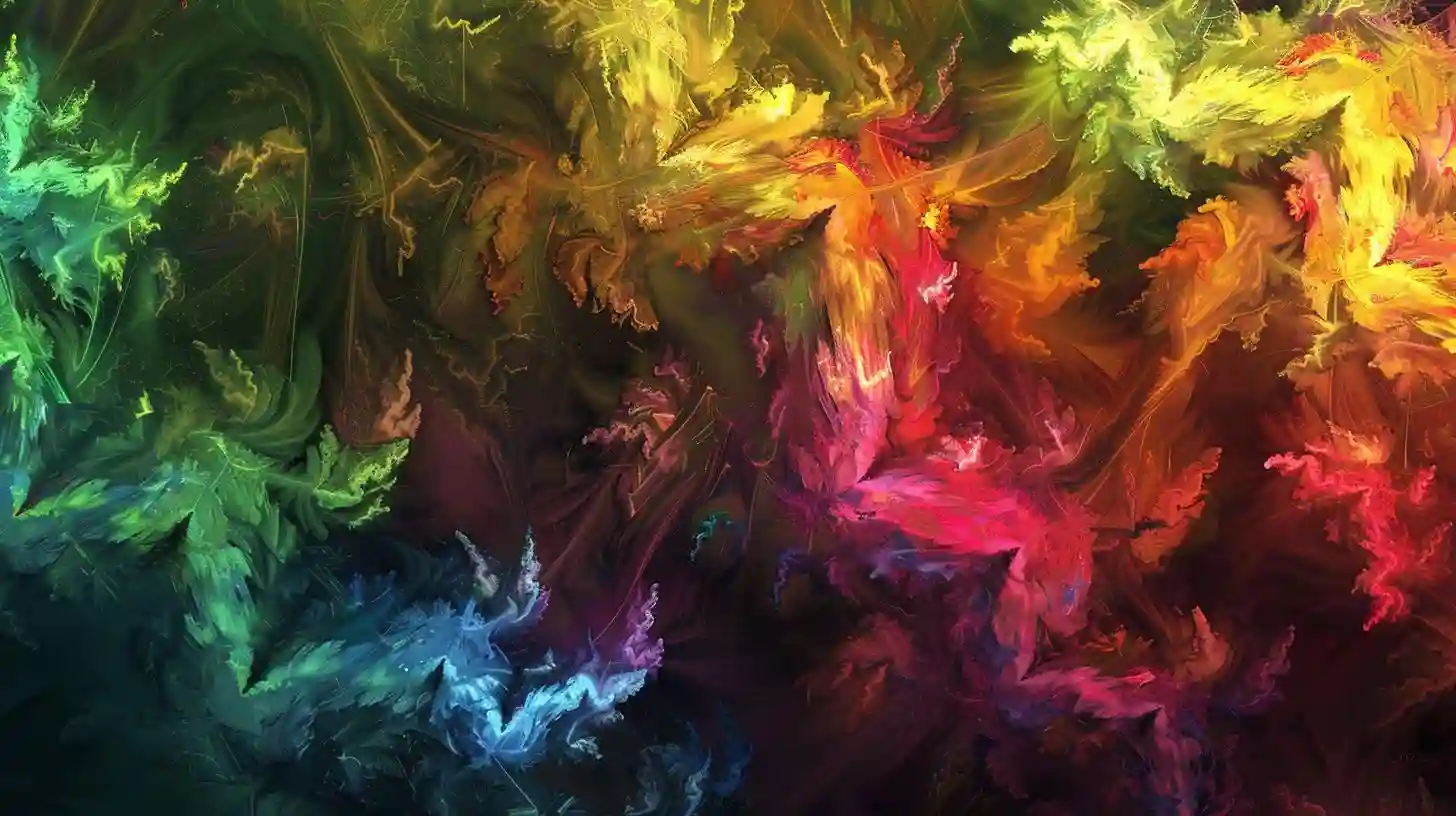
Цветовой стиль одежды играет важную роль в жизни человека, позволяя не только выразить индивидуальность, но и создать определенное настроение. Многие из нас не задумываются, как цвет влияет на наше восприятие и поведение, однако исследования показывают, что цвет способен вызывать различные эмоции и ассоциации. В этой статье мы углубимся в мир цветового стиля носимой одежды, его историческую эволюцию и влияние на повседневную жизнь.
С давних пор цвет был неотъемлемой частью моды. Уже в Древнем Египте и Древнем Риме цвет служил символом статуса и статуса личности. Например, пурпурный цвет использовался исключительно для одеяний императорской фамилии, так как его производство было дорогостоящим и сложным. Это свидетельствует о том, что цветовая палитра носимой одежды может передавать социальные и культурные значения, а также подчеркивать принадлежность к определённому классу.
Современные тенденции в моде делают акцент на разнообразии и самовыражении через цвет. Каждый сезон дизайнеры представляют свои коллекции, основываясь на анализе цветовых трендов, которые задаются авторитетными организациями, такими как Институт цвета Pantone. Эти организации изучают различные факторы, включая социальные, политические и экологические аспекты, чтобы определить, какие цвета будут актуальны. Предпочтение определённым цветам может меняться в зависимости от культурных и социальных изменений, что делает моду динамичной и всегда актуальной.
Существует определенная психология цвета, и это знание активно используется в fashion-индустрии. Например, красный цвет ассоциируется с энергией, страстью и уверенностью. Одежда такого цвета может повысить уровень уверенности и привлечь внимание окружающих. Синий, в свою очередь, символизирует спокойствие и надежность. Носить синий цвет означает создание образа человека, которому можно доверять. Зеленый цвет ассоциируется с природой и свежестью. Он может служить напоминанием о естественной красоте и гармонии.
Важно помнить, что восприятие цвета может варьироваться в зависимости от культуры. То, что в одной культуре может считаться приемлемым, в другой может вызвать негативные ассоциации. Например, в некоторых восточных культурах белый цвет символизирует траур, в то время как в западной традиции он обычно ассоциируется с чистотой и невинностью. Это разнообразие в восприятии цвета создаёт уникальные возможности для самовыражения через одежду.
Интересно также, что сочетание разных цветов в одежде может кардинально изменить общий образ. Монохромные наряды создают впечатление гармонии и ухоженности, в то время как яркие контрастные сочетания могут выразить дерзость и индивидуальность. Например, сочетание черного и желтого может создать атмосферу строгости и яркости одновременно. Многие дизайнеры обращаются к экспериментам с цветом, чтобы привлечь внимание к своим коллекциям и создать уникальные произведения искусства.
Тенденция к устойчивой моде также охватывает цветовую палитру. Многие бренды начинают использовать натуральные красители и безвредные для природы производственные процессы, чтобы сократить свой экологический след. Это открывает новые горизонты для использования цвета в одежде, позволяя нам создавать стильные наряды, не нанося вреда окружающей среде. Эко-ориентированные бренды проявляют особую заботу о том, как цвет их одежды воспринимается и какие ассоциации вызывает. Они стремятся к тому, чтобы цвет не только выглядел красиво, но и оставлял положительный след в мире.
Цвет также имеет значение в контексте модных мероприятий и показов. На таких событиях дизайнеры используют цвета для создания определенного настроения и атмосферы. Например, при проведении модного показа в осенний период, палитра может включать теплые и глубокие тона, такие как бордовый, коричневый и оранжевый. Эти цвета ассоциируются с уютом и комфортом, что отражает общее настроение времени года.
Выбор цветового стиля одежды может зависеть не только от личных предпочтений, но и от ситуации. На деловых мероприятиях обычно ценится строгий и классический стиль, что подразумевает наличие сдержанных и нейтральных цветов. Яркие и броские наряды могут восприниматься как слишком вызывающие. В то же время на вечеринках и праздниках можно экспериментировать с более смелыми цветами и фактурами, подчеркивая свою индивидуальность и креативность.
Социальные сети также играют значительную роль в формировании цветового вкуса современного общества. Модельеры и блогеры активно делятся своими стилями, создавая новые тренды, которые проходят через платформы Instagram и Pinterest. Визуальное восприятие моды становится очень важным, и цвет занимает центральное место в этом процессе. Потребители всё чаще вдохновляются тем, что видят в интернете, что также сказывается на их выборе одежды и цветов.
Не стоит забывать, что цвет одежды может влиять на наше настроение и общее состояние. Некоторые исследования показывают, что люди, которые носят яркие и жизнерадостные цвета, чувствуют себя более счастливыми и мотивированными. Это связано с тем, что цвет способен вызывать определенные эмоциональные отклики. Важно осознанно подходить к выбору цвета одежды, ориентируясь на своё состояние и эмоциональное восприятие.
В заключение, цветовой стиль одежды – это многогранная и динамичная сфера, в которой каждый может найти свою ноту. Индивидуальность, культура, природа, мода и психология – все эти аспекты переплетаются, создавая уникальные возможности для самовыражения. Способы использования цвета в одежде могут изменяться, однако его значение остается неизменным. Каждый из нас способен через цвет выразить свою сущность и стиль, создавая мир, наполненный красотой и смыслом.